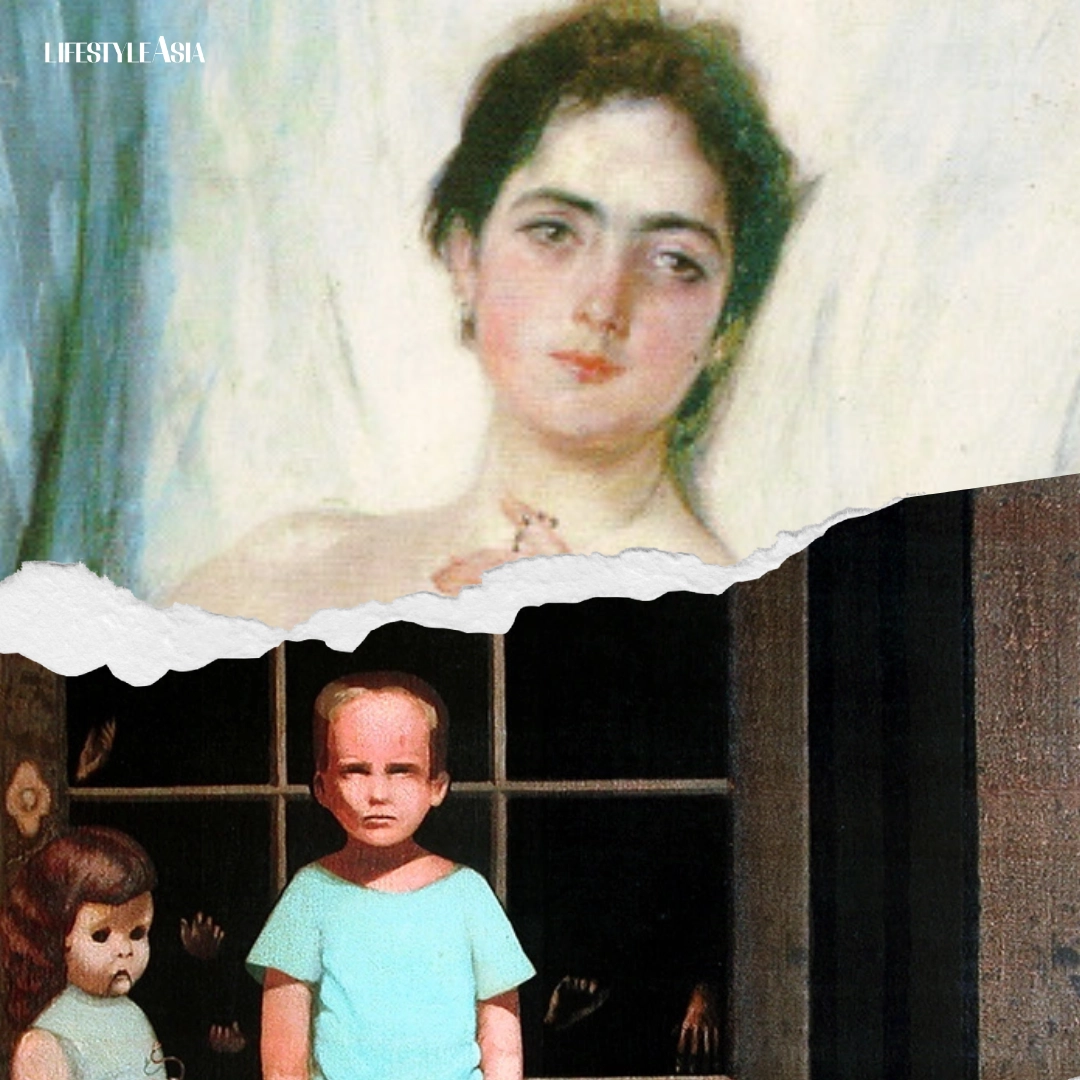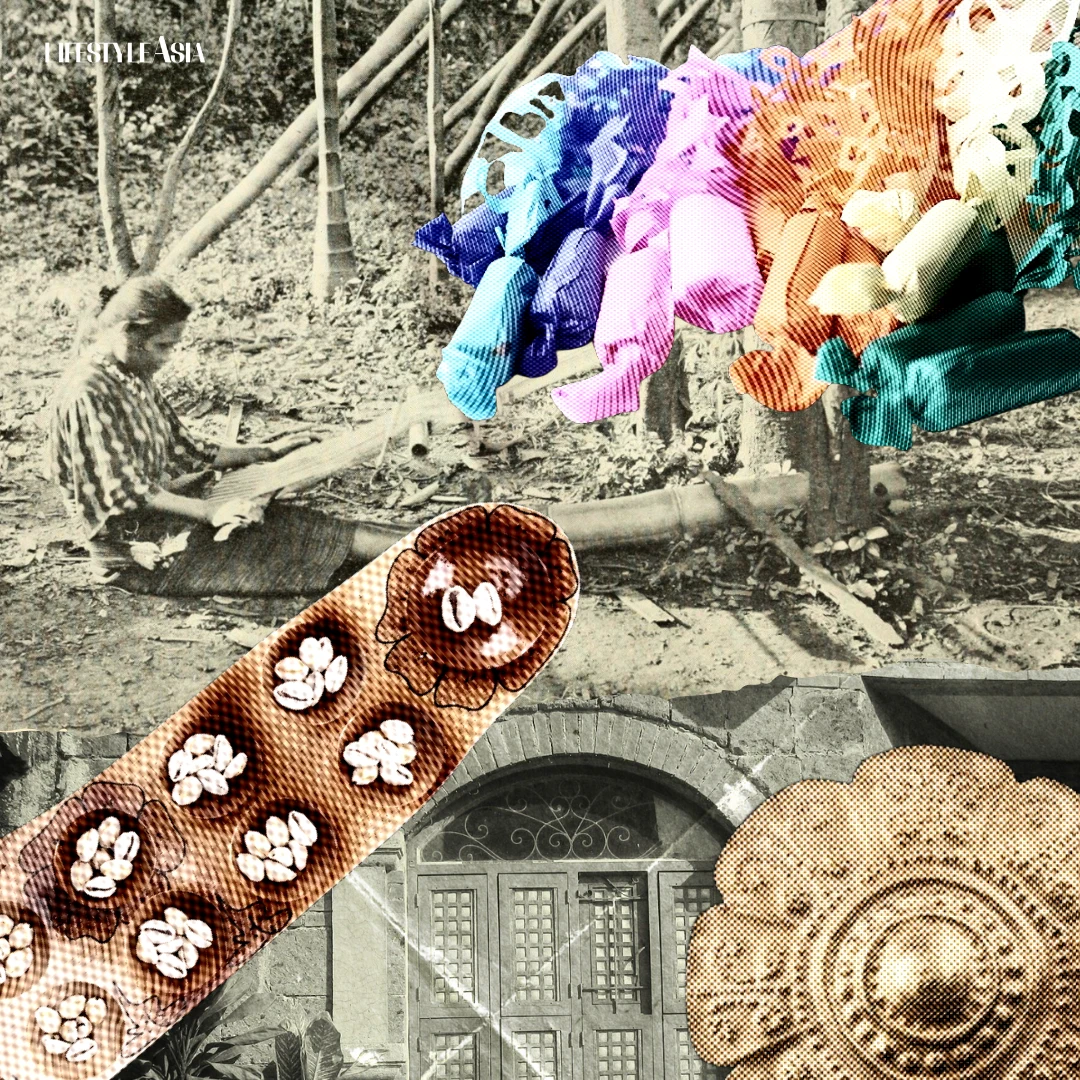“Locations of Freedom” is the 2024 Philippine Pavilion at the prestigious Gwangju Biennale—Asia’s oldest biennale for contemporary art.
Since its establishment in 1995, South Korea’s Gwangju Biennale remains the oldest of its kind for contemporary art in Asia. Promoting messages of democracy, human rights, and peace, many recognize it as a powerful agent that links art scenes across the globe. This 2024 marks the largest edition of the Gwangju Biennale to date, celebrating the 30th anniversary of its inception. For the first time, the Biennale will feature a dedicated Philippine Pavilion entitled Locations of Freedom.
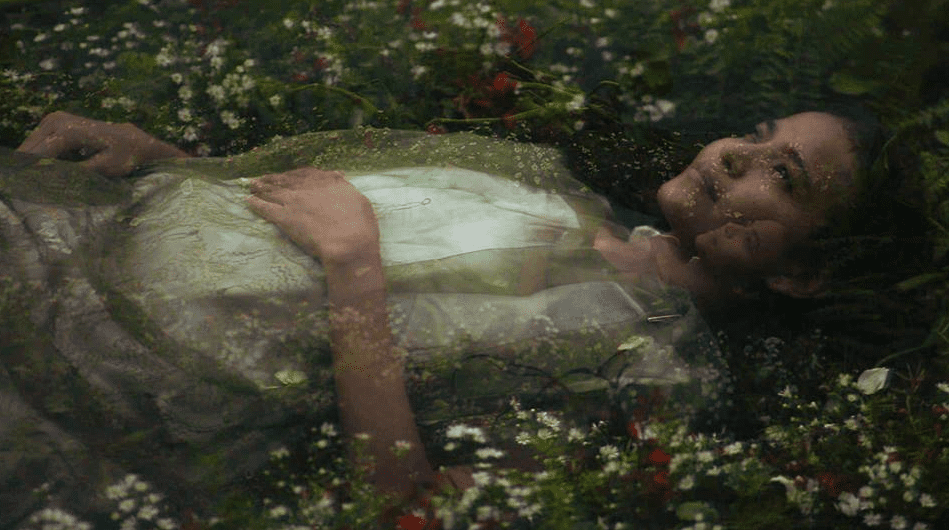


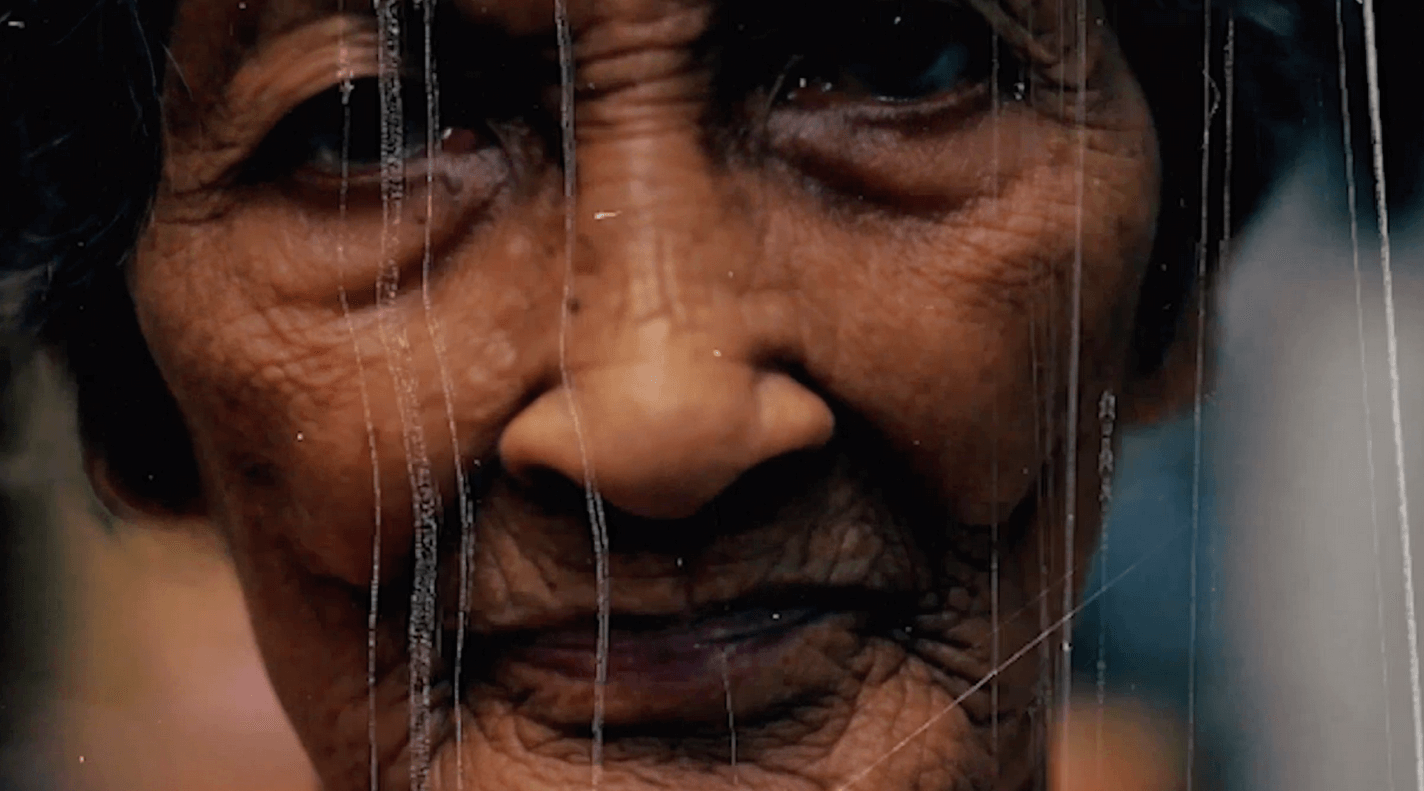
The Gwangju Biennale Foundation co-funds the Philippine Pavilion with support from vMeme Contemporary Art Gallery, Fundacion Sanso, Imao Studios, the University of the Philippines Film Institute, and the Philippine Embassy in South Korea.

READ ALSO: Wonder Wander: Demi Padua And AR Manalo Explore Hidden Worlds
In 2018, the Philippines had previously participated in the Gwangju Biennale under the Pavilion Project and through the Philippine Contemporary Art Network (PCAN). Its exhibition, “Hothouse” was curated by Patrick Flores, and featured the works of both Philippine and Gwangju Artists, namely Mark Salvatus, Indy Paredes, Dominic Mangila, Renz Lee, Lee Kang Ha, and Sehyun Lee.
Celebrating Two Countries
Locations of Freedom will feature a diverse selection of artists who work across various media and disciplines. Namely, Toym Leon Imao, Sari Dalena, Adjani Arumpac, Paul Eric Roca, Veejay Villafranca, Dennis Montera, artist-curator Avie Felix, and designer Karl Castro. The exhibition will run from September 5 to December 1, 2024 at Gallery 5 of the Asia Culture Centre (ACC). It will contain a mix of sculptural installations, paintings, moving image and video art, as well as photographs.



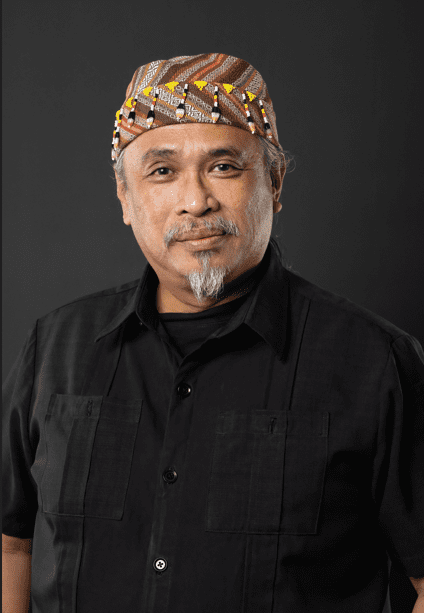
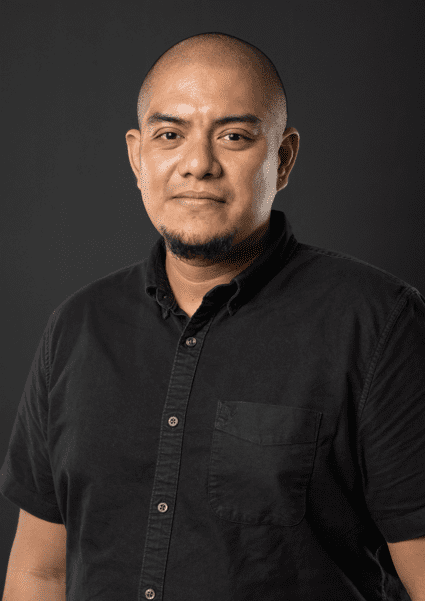


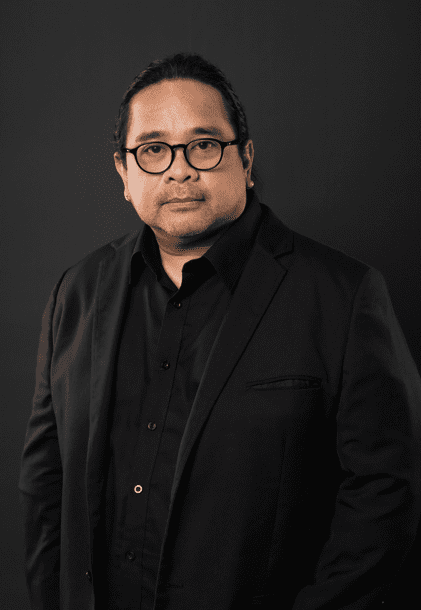
This serves as another important opportunity to promote Philippine contemporary art in the global space. It also celebrates the 75th anniversary of diplomatic relations between the Republic of Korea and the Philippines. Through its participation, the country stands in solidarity with neighboring ASEAN countries who will also be exhibiting at the ACC.
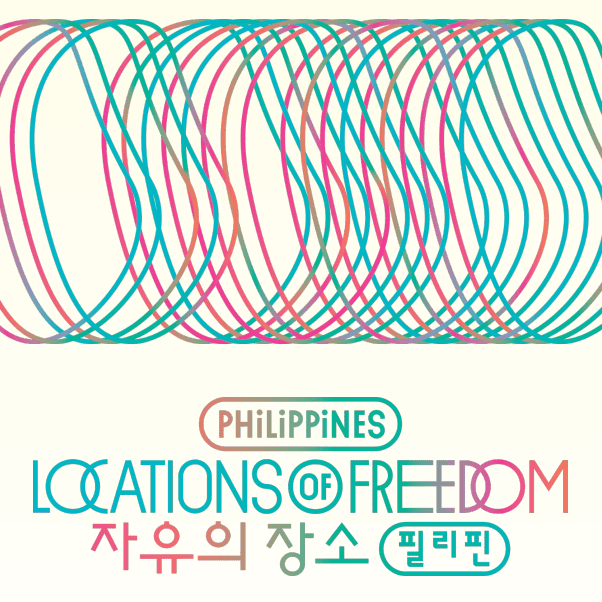
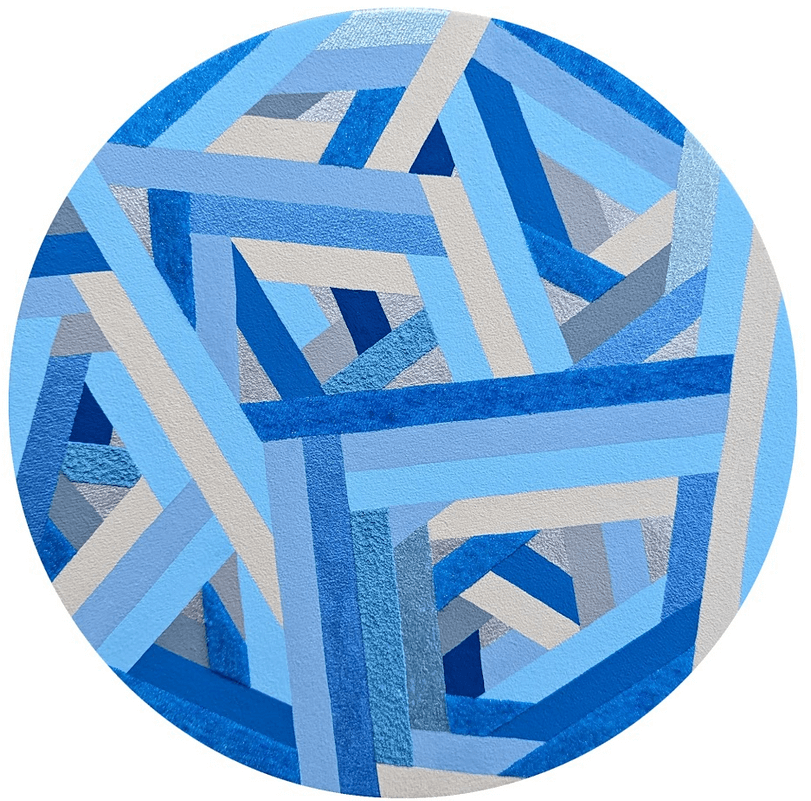
What “Locations of Freedom” Means
“The Philippine pavilion […] is curated to trace, situate and commemorate the multiple forms of revolutions found in the historical, the quotidian and the internal,” writes Avie Felix in her curatorial notes on the exhibition. “Its concept emerged from three strands: first, in conversation with the overall theme of the Biennale to surface the voice of the people; secondly, in honor of the history of Gwangju as a landmark of protest [referring to the Gwangju Uprising of 1980] and mirror to our revolutionary spirit; and thirdly, in connection to post-colonial realities of Southeast Asian nations tethered through the region’s revolutionary history.”
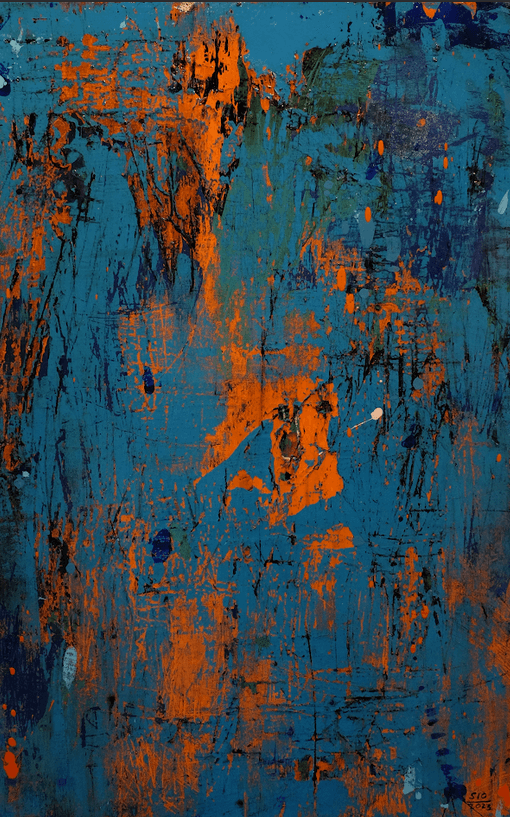

She adds: “Whatever metaphor or descriptor we use, in the end every society that honors a revolutionary history, recognizes the revolutions in everyday life, and celebrates evolutions with each revolt communal or personal, somehow finds freedom. The locations of freedom […] are also locations of hope and, in cyclical ways, also the locations of change.”
Updates will be posted on the Locations of Freedom official social media accounts on Facebook and Instagram.
Photos courtesy of the Philippine Pavilion of Gwangju Biennale 2024.

